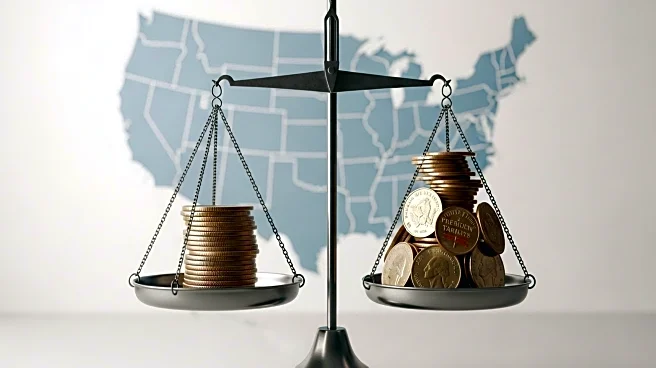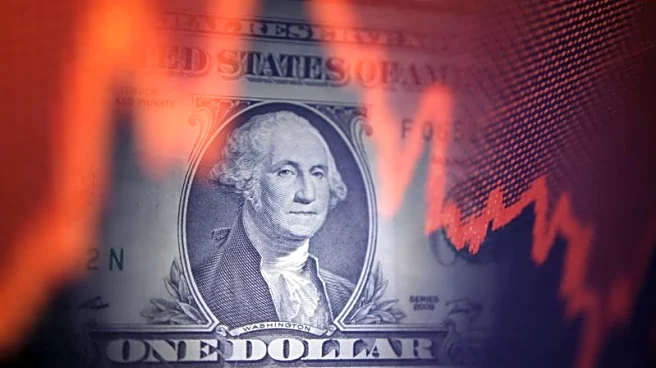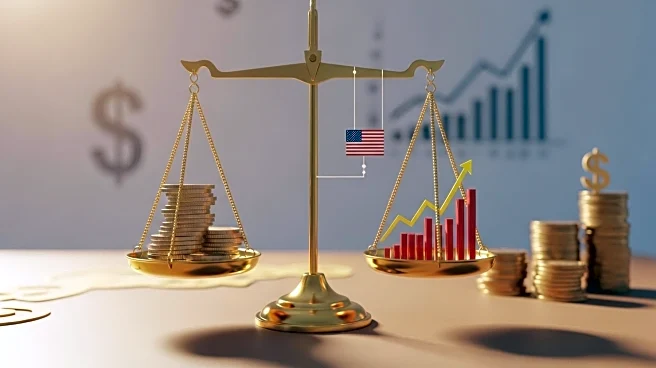What's Happening?
Recent studies and surveys indicate that U.S. companies and consumers are absorbing the costs of new import tariffs imposed by President Trump. Contrary to Trump's predictions that foreign exporters would bear the brunt, U.S. firms are facing increased expenses, which are being passed on to consumers through higher prices. Harvard University professor Alberto Cavallo's research shows a 4% increase in the price of imported goods since the tariffs were implemented, with domestic product prices rising by 2%. The White House maintains that the cost will ultimately be borne by foreign exporters, but current data suggests otherwise.
Why It's Important?
The tariffs are contributing to inflationary pressures in the U.S., complicating the Federal Reserve's efforts to manage inflation. As companies pass on costs to consumers, the purchasing power of American households may be affected, leading to potential changes in consumer behavior and spending patterns. This situation highlights the interconnectedness of trade policy and domestic economic conditions, emphasizing the need for careful consideration of tariff impacts on the broader economy.
What's Next?
As the tariff regime continues, businesses may seek to diversify supply chains and relocate production to mitigate costs. The ongoing adjustments could lead to shifts in trade dynamics and manufacturing practices. Policymakers and economic stakeholders will need to monitor these developments closely to assess their long-term implications for the U.S. economy and global trade relations.
Beyond the Headlines
The tariff situation raises ethical and strategic questions about protectionist policies and their effectiveness in achieving economic goals. The impact on international trade relations and the potential for retaliatory measures from affected countries could influence global economic stability and diplomatic ties.












